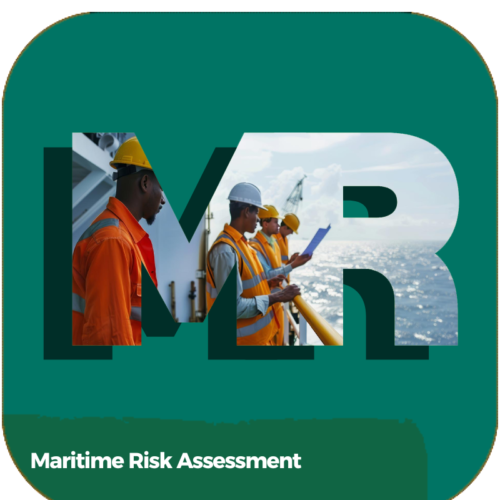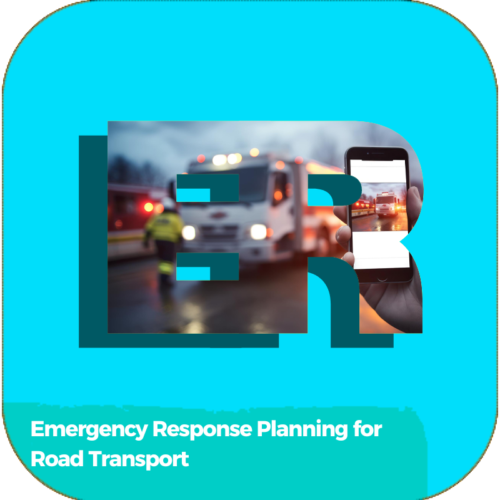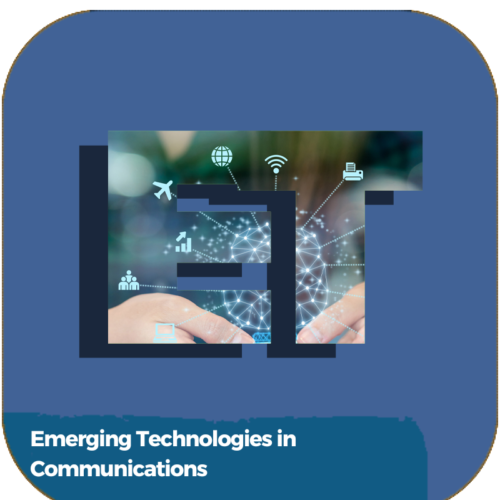Electrical Course Syllabus
Course Description: This online course will give participants a comprehensive overview of construction Electrical principles and best practices, with a real-life application for everyday work in the field. Through lectures, videos, and hands-on learning activities, participants will gain an understanding of how to understand electrical drawings; how to determine appropriate wire sizes, conduit types, circuits, and more. Course Objectives: 1. Identify the different types of wires used in electrical installations in buildings 2. Explain how circuits are wired and laid out correctly according to code requirements 3. Describe safe practices when working with electricity on job sites 4. Create drawings that accurately represent an electrical system’s layout in order to ensure efficient operation of equipment and prevent shorts or overloads from occurring during operation 5. Paperwork required for use on job sites pertaining to regulations or operational procedures 6. Examine proper testing methods for all components within an electrical system 7. Analyze diagrams for problem-solving within existing systems 8. Understand troubleshooting techniques associated specifically with electrical issues 9. Compile necessary safety reports needed during repairs 10. Utilize schematic calculations when estimating labor costs required for the completion of projects
Electrical Course Syllabus
Course Description: This online course will give participants a comprehensive overview of construction Electrical principles and best practices, with a real-life application for everyday work in the field. Through lectures, videos, and hands-on learning activities, participants will gain an understanding of how to understand electrical drawings; how to determine appropriate wire sizes, conduit types, circuits, and more. Course Objectives: 1. Identify the different types of wires used in electrical installations in buildings 2. Explain how circuits are wired and laid out correctly according to code requirements 3. Describe safe practices when working with electricity on job sites 4. Create drawings that accurately represent an electrical system’s layout in order to ensure efficient operation of equipment and prevent shorts or overloads from occurring during operation 5. Paperwork required for use on job sites pertaining to regulations or operational procedures 6. Examine proper testing methods for all components within an electrical system 7. Analyze diagrams for problem-solving within existing systems 8. Understand troubleshooting techniques associated specifically with electrical issues 9. Compile necessary safety reports needed during repairs 10. Utilize schematic calculations when estimating labor costs required for the completion of projects Course Description: This course covers emergency response strategies for maritime transport, including the development of emergency plans, coordination with emergency services, and the implementation of response procedures. Course Objectives:
Course Description: This course covers emergency response strategies for maritime transport, including the development of emergency plans, coordination with emergency services, and the implementation of response procedures. Course Objectives:- Understand the principles of emergency response in maritime transport.
- Develop comprehensive emergency response plans.
- Coordinate with emergency services effectively.
- Implement emergency response procedures in maritime operations.
- Evaluate and improve emergency response strategies.
- Develop and implement effective emergency response plans.
- Coordinate effectively with emergency services in maritime emergencies.
- Implement and follow emergency response procedures.
- Ensure the safety and security of maritime operations during emergencies.
- Assess and improve emergency response strategies in maritime transport.
 Course Description: This course covers emergency response planning for road transport systems, including the development of emergency plans, coordination with emergency services, and strategies to ensure rapid and effective responses to incidents. Course Objectives:
Course Description: This course covers emergency response planning for road transport systems, including the development of emergency plans, coordination with emergency services, and strategies to ensure rapid and effective responses to incidents. Course Objectives:- Understand the principles of emergency response planning.
- Develop comprehensive emergency response plans.
- Coordinate with emergency services effectively.
- Implement strategies for rapid incident response.
- Evaluate and improve emergency response plans.
- Develop and implement emergency response plans for road transport.
- Coordinate effectively with emergency services.
- Ensure rapid and effective responses to road incidents.
- Improve road safety through effective emergency planning.
- Evaluate and enhance emergency response strategies.
 Course Description: This course covers the latest emerging technologies in communications, including 5G, artificial intelligence, and blockchain. Students will learn to evaluate and implement emerging technologies to enhance communication networks and services. Course Objectives:
Course Description: This course covers the latest emerging technologies in communications, including 5G, artificial intelligence, and blockchain. Students will learn to evaluate and implement emerging technologies to enhance communication networks and services. Course Objectives:- Understand the principles of emerging technologies in communications.
- Learn about the latest advancements in communication technologies.
- Develop strategies for evaluating and implementing emerging technologies.
- Study the impact of emerging technologies on communication networks and services.
- Promote the adoption of cutting-edge technologies in telecommunications.
- Explain the principles of emerging technologies in communications.
- Identify and evaluate the latest advancements in communication technologies.
- Develop and implement strategies for adopting emerging technologies.
- Assess the impact of emerging technologies on communication networks and services.
- Promote the integration of cutting-edge technologies in telecommunications.
 Course Description: This course covers the latest emerging technologies in communications, including 5G, artificial intelligence, and blockchain. Students will learn to evaluate and implement emerging technologies to enhance communication networks and services. Course Objectives:
Course Description: This course covers the latest emerging technologies in communications, including 5G, artificial intelligence, and blockchain. Students will learn to evaluate and implement emerging technologies to enhance communication networks and services. Course Objectives:- Understand the principles of emerging technologies in communications.
- Learn about the latest advancements in communication technologies.
- Develop strategies for evaluating and implementing emerging technologies.
- Study the impact of emerging technologies on communication networks and services.
- Promote the adoption of cutting-edge technologies in telecommunications.
- Explain the principles of emerging technologies in communications.
- Identify and evaluate the latest advancements in communication technologies.
- Develop and implement strategies for adopting emerging technologies.
- Assess the impact of emerging technologies on communication networks and services.
- Promote the integration of cutting-edge technologies in telecommunications.
 Description: This course will guide hiring managers to look at both the skills and attitudes of potential employees. The course will hone hiring skills to find the best employee for each position. Prerequisite: 2nd year studentLearning Objectives: Students will learn
Description: This course will guide hiring managers to look at both the skills and attitudes of potential employees. The course will hone hiring skills to find the best employee for each position. Prerequisite: 2nd year studentLearning Objectives: Students will learn- the five biggest reasons why new hires fail
- two quick and easy tests to discover the attitudinal characteristics that you need for your unique culture
- the five-part interview question that gets candidates to reveal the truth about what their last boss really thinks of them
- where great companies really find their best candidates
- the six words most interviewers add to the end of behavioral interview questions that destroy their effectiveness

Energy Economics and Policy Course Syllabus
Course Description: This course provides an in-depth overview of the economic, technological, and political forces that shape the global energy industry. It covers methods governments use to regulate energy production and consumption, as well as how to analyze the impact of rising global energy demand on the environment and climate. The course also examines how to apply economic models to energy demand and supply, sustainable energy transition, decarbonization, and other topics related to energy economics and policy. Course Objectives:- Explain the economics of real-world energy markets
- Analyze various policies used to address the impact of rising global energy demand on the environment and climate
- Describe methods governments use to regulate energy production and consumption
- Examine how economic models can be applied to energy demand and supply
- Evaluate strategies for the sustainable energy transition
- Assess techniques for decarbonization of the economy
- Discuss the dynamics of industrial electricity demand in different regions
- Analyze the implications of COVID-19 on electricity prices
- Summarize current trends in global energy markets
- Develop an understanding of international regulations related to energy economics and policy

Engineering Design Course Syllabus
Course Description: This online Engineering course is designed to provide participants with a comprehensive understanding of the practical application of engineering concepts in everyday work. Participants will learn how to analyze, design and implement processes that are used by professionals in the field. By mastering problem-solving skills and computer-aided design tools, participants will be able to develop innovative solutions for real-life applications. Course Objectives: 1. Develop a strong understanding of basic engineering principles like vectors, forces, and stress calculations 2. Analyze different types of systems using mathematical modeling techniques like linear equations or matrix algebra 3. Understand engineering materials used in daily operations 4. Demonstrate proficiency in Computer Aided Design (CAD) software such as AutoCAD or Solidworks 5. Construct virtual models that can be tested through simulations based on user input variables 6. Generate data analysis reports on experimental results from multiple sources 7. Interpret graphical representation tools such as bar charts or histograms when analyzing data sets 8. Create detailed product plans utilizing parts lists and specifications sheets 9. Examine safety standards related to designing structures and machines 10. Use 3D printing technologies to build solid prototypes from a digital model


